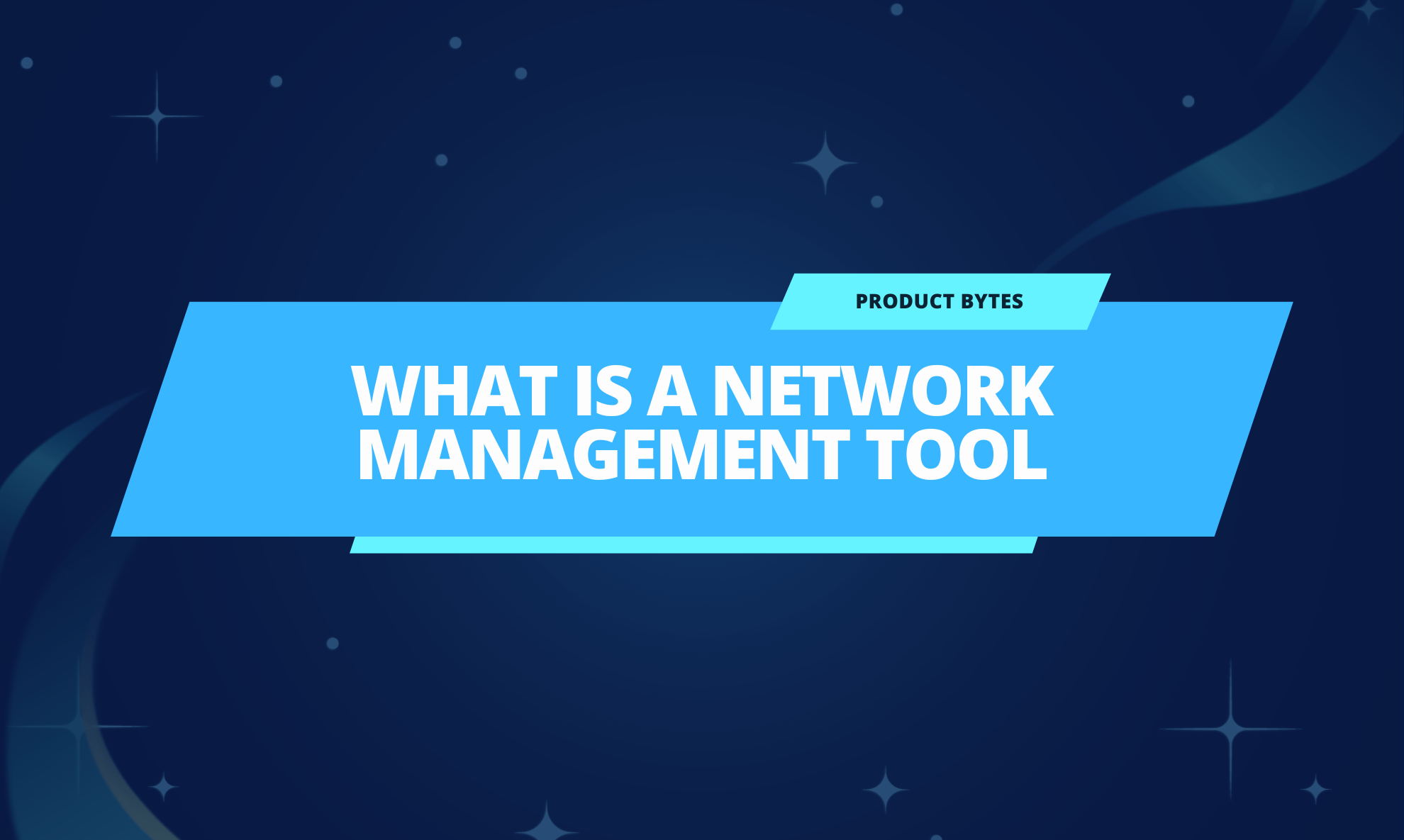The landscape of Information Technology (IT) is constantly evolving. As a result, IT infrastructures are becoming more complex and extensive at an unprecedented rate. Modern IT ecosystems consist of interconnected devices, cloud services, and applications that demand advanced strategies for monitoring and management to ensure optimal performance and security.
This article explores the ongoing evolution of IT infrastructure network monitoring and management. It emphasizes the pivotal role of AI-driven observability platforms and how monitoring solutions like Domotz are leading this transformation to keep organizations at the forefront of technological advancements.
In short, we’ll discuss the following:
Table of contents:
Support special exhibitions.
The Expanding Complexity of Modern IT Infrastructures
Technological advancements are truly remarkable, especially when considering today’s complex and sophisticated IT infrastructures. These systems comprise numerous components, including servers, storage systems, networking devices, and software applications, all working together to create an effective business environment. It is inspiring to witness how modern companies have adapted to the challenges of managing on-premises data centers and cloud-based services.
Furthermore, with digital transformation initiatives and the widespread adoption of Internet of Things (IoT) devices, we are experiencing an even greater connectivity and data flow. While this may seem overwhelming to manage for a Managed Service Provider (MSP), businesses can thrive in this rapidly evolving landscape with the appropriate approach and tools.
The Evolution of Monitoring Networks
Traditionally, IT infrastructure monitoring focuses on the essential health of hardware and network connectivity. However, as infrastructures have become more complex, the approach to monitoring has undergone a significant transformation.
Organizations recognized the need for a holistic view that includes physical and network layers, as well as applications and services, to ensure system reliability and performance.
This realization paved the way for developing advanced monitoring tools and practices, shifting from simple status checks to comprehensive observability. Observability goes beyond traditional monitoring, offering insights into the internal states of systems through metrics, logs, and traces. This evolution is not merely a change in technology. It’s more like a fundamental shift in mindset, focusing on proactive issue resolution and optimization rather than reactive troubleshooting.
The Advent of AI-driven Observability Platforms
The leap towards AI-driven observability platforms marks a watershed moment in IT infrastructure network monitoring and management evolution. These solutions leverage artificial intelligence and machine learning algorithms to analyze vast amounts of data generated by IT environments. To tell you more, they can predict potential issues before they impact business operations. In other words, they canidentify patterns that human operators might miss, and suggest optimizations to improve efficiency and reduce costs.
AI-driven observability transcends traditional monitoring by providing deep insights into the behavior of applications and infrastructure. It empowers IT teams to understand the intricate dependencies within their systems, ensuring they can maintain high service quality and availability in the face of increasing complexity.
Domotz: Pioneering the Future of IT Infrastructure Monitoring and Management
In this rapidly changing environment, Domotz stands out. It emerges as a frontrunner, offering a comprehensive IT infrastructure monitoring and management platform tailored for modern IT environments. Domotz combines the power of traditional monitoring with the advanced capabilities of AI-driven observability, providing a unified solution that can keep pace with the growing complexity of IT infrastructures.
With features like real-time network monitoring, automated device discovery, and intelligent alerts, Domotz simplifies the management of complex environments. Its AI-powered analytics offer actionable insights, allowing IT professionals to address issues and optimize their systems for peak performance preemptively. In addition, Domotz’s cloud-based architecture ensures scalability and flexibility, enabling organizations to adapt to the changing demands of their IT infrastructures.
Conclusion
The future of IT infrastructure monitoring and management is marked by the transition to unified, AI-driven observability platforms. Unified Monitoring and Management of complex IT infrastructures with unprecedented visibility and control over any system has become paramount for any organization willing to grow and flourish in the following decades.
Domotz stands at the forefront of this epochal shift, providing the tools and insights necessary for organizations to navigate the complexities of modern IT environments successfully. As we look towards the future, it is clear that embracing these advancements is not just beneficial but essential for maintaining a competitive edge and ensuring operational excellence in the digital age.
Further reading:



